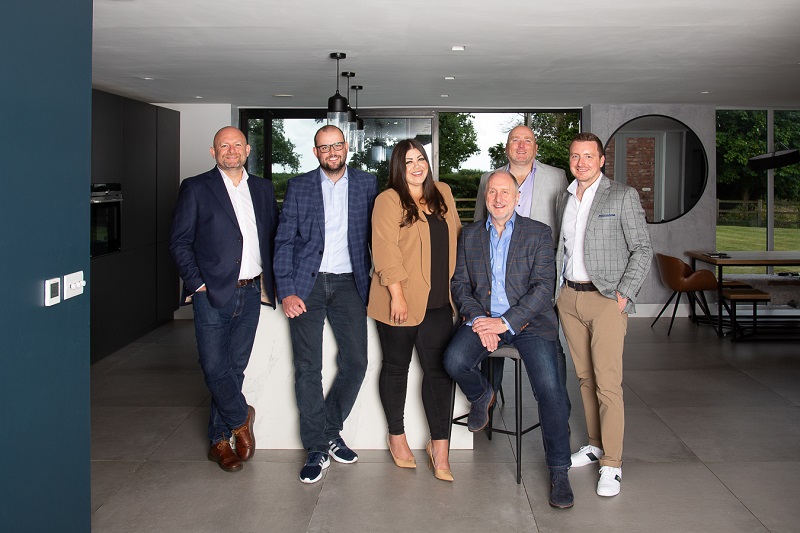DiversityQ interviewed Sarah Kaiser then Employee Experience and Diversity & Inclusion Lead at Fujitsu EMEIA about delivering a successful diversity and inclusion strategy, why diversity matters for business, and her hopes for the future.
What first attracted you to working in diversity and inclusion?
I’m really passionate about creating cultures where everyone can really thrive and perform to the best of their ability. What I love about the work we do on diversity and inclusion is that you get to have this incredibly positive impact that benefits both people and businesses so it’s an absolute win-win for everyone. It’s always new, it’s always challenging, there’s always something new to think about and consider.
For a company like Fujitsu, we need to create tech solutions that work really well for everybody. You can’t create an IT solution that only works for half the people that use it. The only way you can really do that and have that real insight and understanding into what exactly your customers need from the tools you’re providing is by having that really diverse workforce. So for us, having a diverse workforce you get all those benefits you’d expect around the best talent, no matter where people come from or who they are. But it’s actually very business practical and focused in terms of creating the most innovative and effective products and solutions and really building strong relationships with our customers.
In other companies I’ve worked in, for example, when I was at the Tate Gallery, the kind of programmes you put on have a direct impact on the audience you get and art should be for everyone. To build art that’s going to attract everyone, again, you really need that insight into what people are interested in, what’s going to make them feel comfortable to walk through the door of that gallery, and very much to draw on that diversity of thinking and ideas to create something that’s going to really impact as many people as possible.
So generally, no matter where you’re working, by having a diversity of people working for you, you get the best out of people. They’re more productive, more engaged, and more innovative. And you’re going to be able to do better for your customers, which is ultimately why more diverse companies tend to be far more profitable.
Would you call Fujitsu a “human-centric” company?
Fujitsu has always prided itself on being human-centric, which is a funny Japanese-influenced word we use to say that we want to make things that work really well for people. We’re genuinely a very responsible business that is committed to looking at a positive impact on society.
Given that we are a responsible business, diversity and inclusion naturally had to be part of that approach. A few years ago we came to a realisation that we needed to do far more around diversity, not just doing “the right thing” but being one of the best companies for diversity and inclusion. That’s when my role was first created and we started to work on this in a really strategic way.
What I find interesting is we’re not perfect yet. We’ve got a long way to go to create an environment where diversity is really self-evident in every aspect of our organisation and our business activity. We have made leaps and bounds over the past 3 years so if any of the companies and the people you are speaking to are at the beginning of their journey, it can feel really daunting. But if you have a genuine commitment to enhancing diversity and inclusion, you can make progress really quickly.
How do you ensure your diversity and inclusion strategies at Fujitsu are successful?
- We have an absolute commitment from our senior leaders to making a difference. They’re totally on board with the D&I strategy and they really give us their support and their sponsorship to moving things forward.
- We have an active family of diversity and inclusion networks so we really get all our people involved in shaping this, feeling part of it, feeling ownership of it, and helping us to identify the things that will make the most difference to our people.
- We’re very evidence-based, very data-driven, so we’ve set ourselves targets and measures. We know exactly what we’re working towards and we’re really clear on what we’re doing that makes a difference and what isn’t as effective. So, we can make sure we’re always doing those things that are going to have the most impact.
In this article, you learned that:
- Getting buy-in from senior leaders on diversity and inclusion can move initiatives forward
- Employee diversity and inclusion networks can help underrepresented groups feel ownership in the conversation and help drive better initiatives
- Using evidence and data can help set diversity and inclusion targets and measures which are more likely to be kept on track









